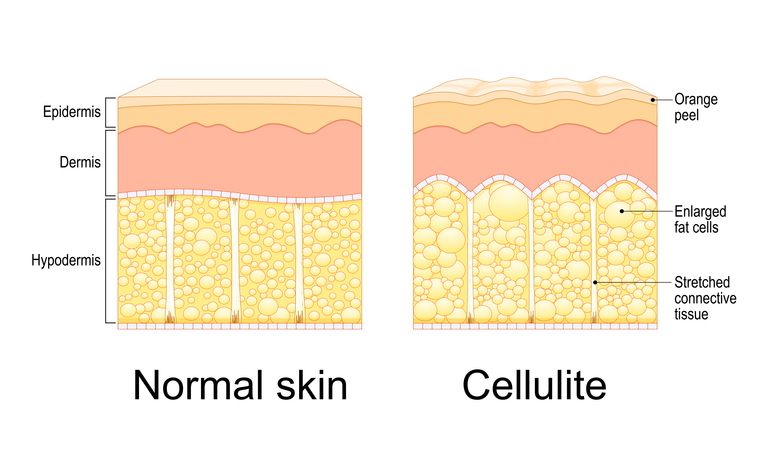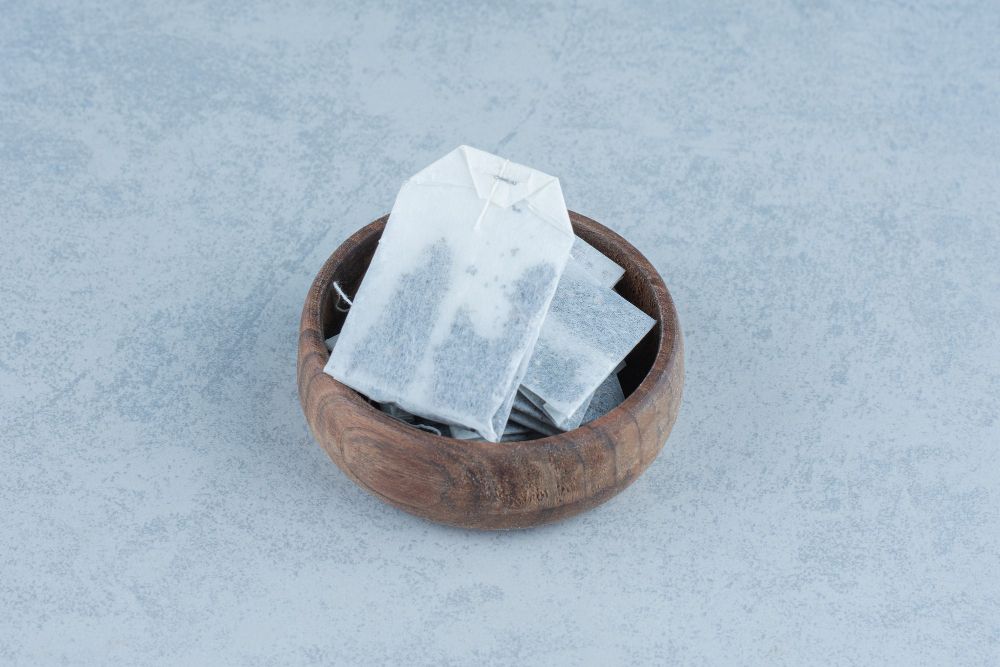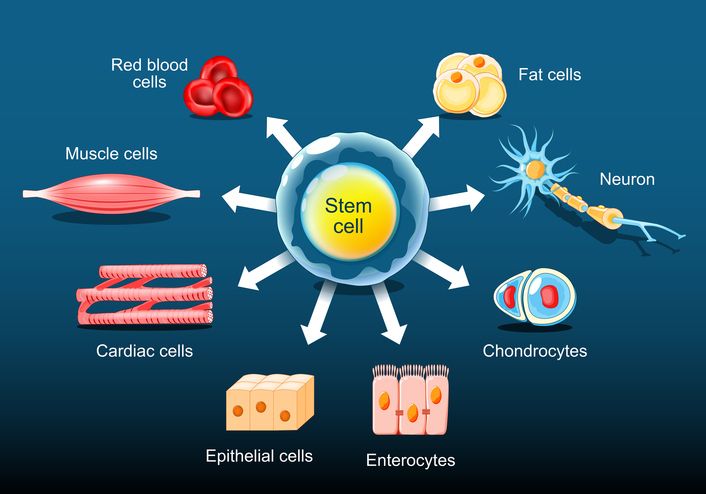

Book Now to Experience
S6 Body Sculpting Treatment
1 Minute Self-Registration
Date should not be before minimal date
Author: Natalie Ng|21 April 2025
Cellulite isn’t just about weight gain — it affects nearly 90% of women, no matter their size. That bumpy, dimpled skin (often called orange peel) shows up when fat cells push against connective tissue under the skin. This creates the uneven look we all recognize. Despite what you’ve heard, cellulite isn’t caused by toxins, and it doesn’t go away just by drinking water or working out more. Even people with a healthy lifestyle and lean body types can get it. Things like skin structure, hormonal factors, and genetic factors all play a role. In this article, we’ll break down five common myths about cellulite and look at what actually helps to treat cellulite. Keep reading to understand what cellulite really is and how to reduce its appearance for smoother skin.

1
Myth 1: Only Overweight People Get Cellulite

Myth:
Truth:
Understanding the Structure of Cellulite
Factors Contributing to Cellulite Development
Cellulite in Lean Individuals

2
Myth 2: Exercise Will Completely Eliminate Cellulite

Myth:
Truth:
How Exercise Affects Cellulite Appearance
Read More

3
Myth 3: Cellulite Is Caused by Toxins in the Body

Myth:
Truth:
What Science Actually Says About Cellulite
The Role of Genetics and Hormones

4
Myth 4: Only Women Develop Cellulite

Myth:
Truth:
Why Cellulite Appears Differently in Men
Contributing Factors in Men

Book Now to Experience
S6 Body Sculpting Treatment
1 Minute Self-Registration
Date should not be before minimal date

5
Myth 5: Drinking More Water Will Make Cellulite Disappear

Myth:
Truth:
What Hydration Really Does for Your Skin

6
Get Rid of Cellulite With These Ways

1. Follow a Healthy Diet
2. Stay Active With Regular Exercise
3. Use Topical Products (With Realistic Expectations)
4. Massage and Dry Brushing
5. Maintain a Healthy Weight
6. Manage Hormones and Lifestyle Factors
Read More

7
Get Rid of Cellulite With the S6 Body Sculpting Treatment

What is the S6 Body Sculpting Treatment?
How S6 Targets Cellulite
Advantages of the S6 Treatment for Cellulite
Ready to smooth and sculpt your body?
FAQ
Can Cellulite Appear and Disappear During Different Seasons?
Your cellulite's appearance can fluctuate with seasonal changes due to several factors. During warmer months, you might notice it more because: 1) Heat can cause fluid retention and swelling, making dimples more visible. 2) You're wearing less clothing, increasing awareness. 3) Summer dehydration can affect skin elasticity. However, the underlying fat structure causing cellulite remains constant year-round, regardless of seasonal variations.
Does Wearing Tight Clothing Make Cellulite Worse?
While you might feel like your tight clothes are squeezing the life out of you, they don't actually cause or worsen cellulite. However, extremely tight clothing can temporarily make cellulite appear more visible by compressing and pushing fat deposits closer to the skin's surface. The appearance of cellulite is primarily determined by your genetics, hormones, and body composition rather than what you're wearing.
At What Age Does Cellulite Typically Start Developing?
You can start developing cellulite as early as puberty, typically between ages 12-15, when hormonal changes trigger fat cell distribution and connective tissue development. However, most women notice it becoming more visible in their 20s and 30s. Factors like genetics, hormones, and lifestyle choices influence when cellulite appears. Even though it's commonly associated with aging, younger individuals can develop it due to their body's natural composition and hormonal patterns.
Can Certain Foods Help Reduce the Appearance of Cellulite?
While no food can completely eliminate cellulite, certain dietary choices can help minimize its appearance. 1) Focus on foods rich in antioxidants, like berries and leafy greens, which support skin elasticity. 2) Include omega-3 fatty acids from fish and nuts to reduce inflammation. 3) Stay hydrated and eat potassium-rich foods to reduce fluid retention. 4) Choose whole grains and lean proteins to maintain healthy collagen production.
Is Cellulite Hereditary and Passed Down Through Family Genes?
Yes, cellulite is partly hereditary, as you've inherited specific genes that influence fat distribution, metabolism, circulation, and hormone levels. Your genetic makeup determines factors like skin thickness, fat cell arrangement, and connective tissue structure, which all play vital roles in cellulite formation. However, genetics aren't the only factor - lifestyle choices, diet, exercise, and hormonal changes also substantially impact cellulite's development and appearance.

Book Now to Experience
S6 Body Sculpting Treatment
1 Minute Self-Registration
Date should not be before minimal date
Recommended Articles
COPYRIGHT© NEW BEAUTY MANAGEMENT LIMITED 2025. ALL RIGHT RESERVED.




